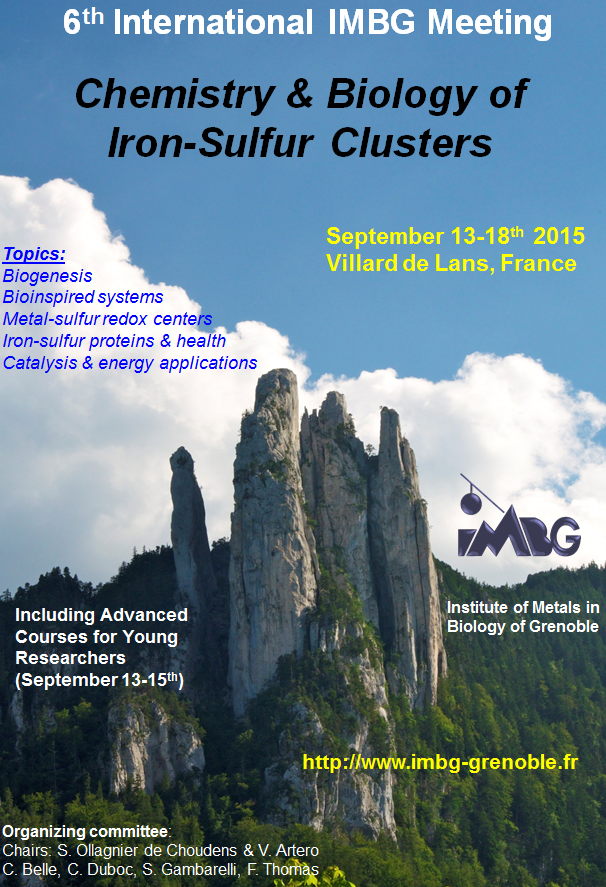We are pleased to congratulate Henryk Kozłowski, a Chartered Scientist of the Royal Society of Chemistry, on his 70th birthday and >90 articles in Dalton Transactions (including Journal of the Chemical Society, Dalton Transactions).
Dalton Transactions is delighted to be sponsoring the XIII International Symposium on Inorganic Biochemistry, organized between 1st and 6th September 2015 in Karpacz, Poland. The first International Symposium on Inorganic Biochemistry, first of the series of conferences organized by Henryk, also took place in Karpacz, and now, three decades later, it is there again, in close proximity to where it took place for the first time. This year’s conference will be quite special; we will all celebrate Henryk’s very important anniversary.
As usual, the conference aims to provide a valuable discussion forum on recent advances in cross-cutting fields of inorganic, coordination and bioinorganic chemistry with biology and medicine, in particular discussing topics such as chemical structure and thermodynamics, solution equilibria and coordination chemistry of metals with biomolecules; transport, homeostasis and toxicity of metals in diseases; metal-based therapy and diagnostics. More information will soon be available at www.henryk.uni.wroc.pl.
Henryk Kozłowski is the founder of Polish bioinorganic chemistry, currently working at the interface between chemistry and biology. At the Department of Chemistry, University of Wroclaw, he created one of the most dynamic research teams – the Bioinorganic and Biomedical Chemistry group. Apart from his contribution to the Royal Society of Chemistry, the list of his most important honors and awards include: the Membership of the Polish Academy of Sciences and the National Science Centre, honorary doctorates from the Taras Shevchenko University in Kiev and the University of Gdansk, the prestigious Marie Curie National Science Award in Chemistry and numerous awards of the Minister of Polish Science.
Henryk has been a visiting Professor at the Universities of Strasbourg, Siena, Ferrara, Florence, Sassari, Cagliari, Lille, Dunkirk and Paris. His scientific achievements include 33 supervised PhDs, a Hirsch index of 42, over 500 original papers, 17 book chapters, over 350 invited lectures given at international conferences and at various universities; he has been cited over 9400 times.
Happy birthday, Henryk!


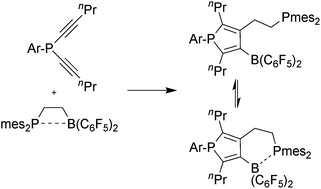











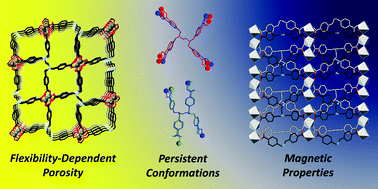
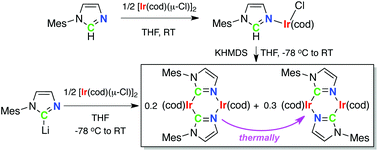
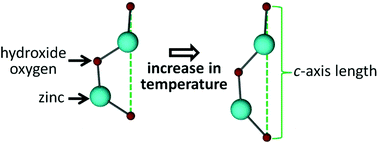
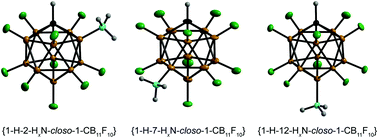
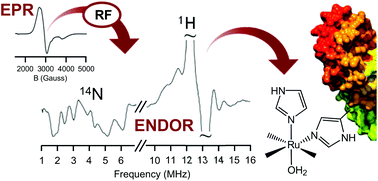
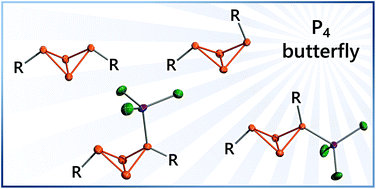
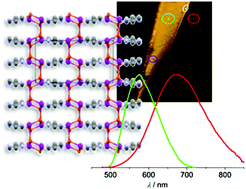
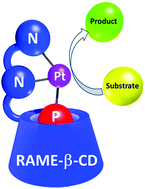
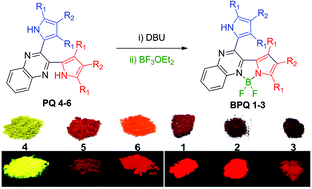

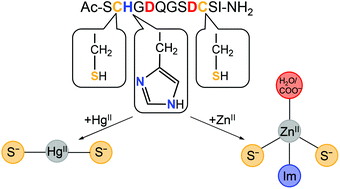
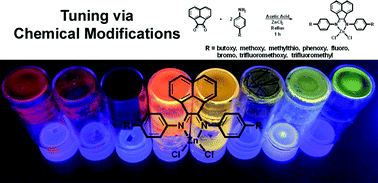
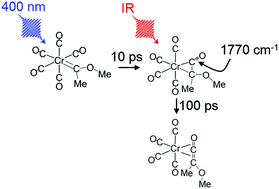
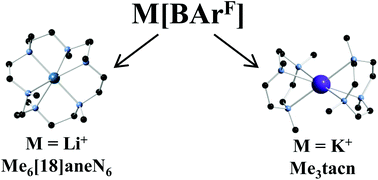
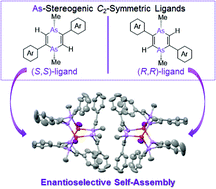
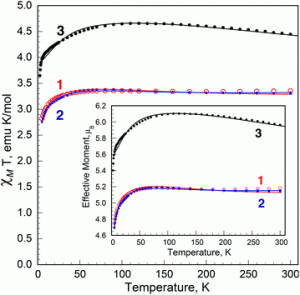
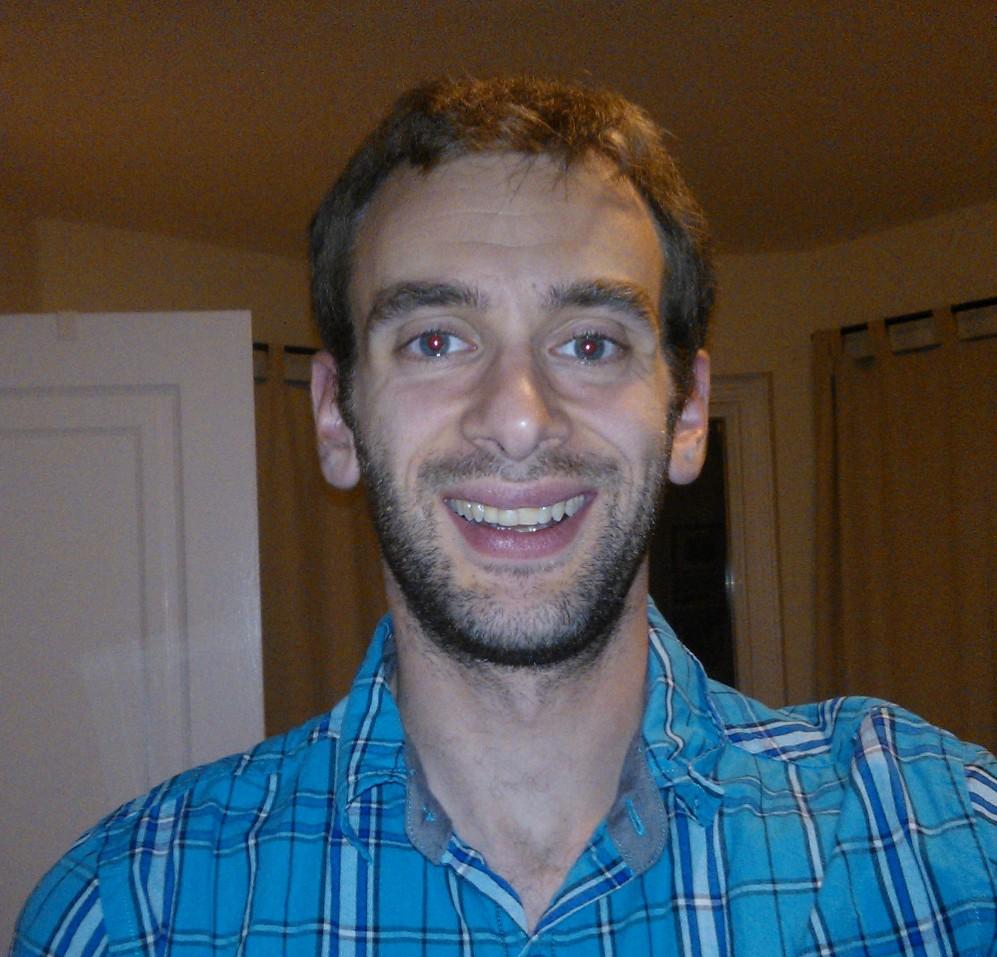
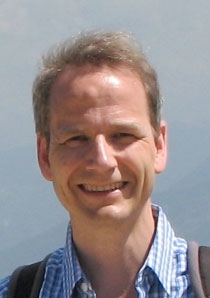
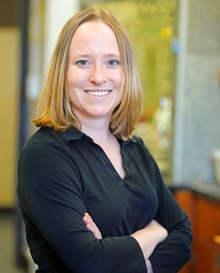 2013 Trevor Hayton (UCSB)
2013 Trevor Hayton (UCSB)
